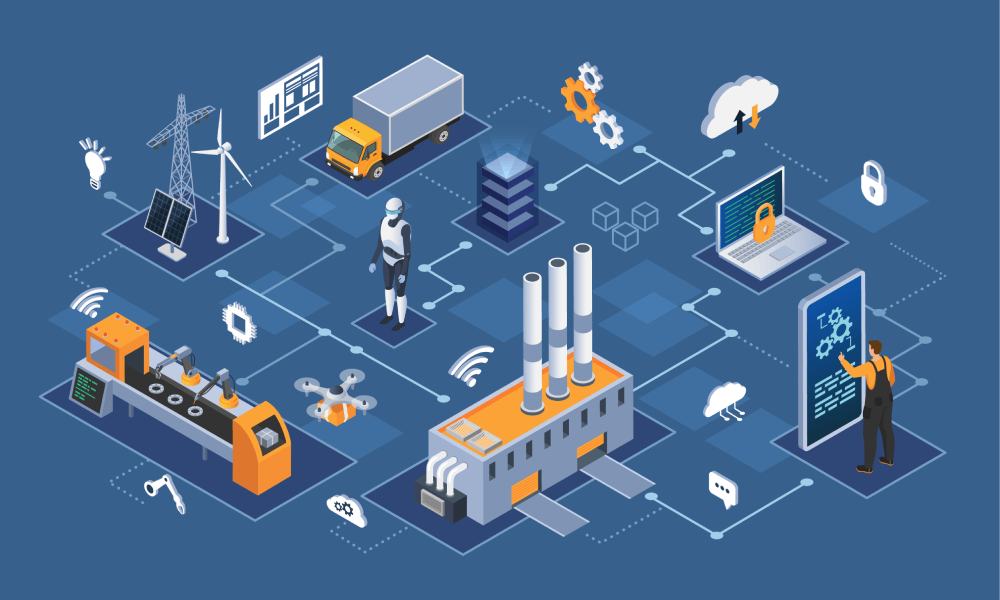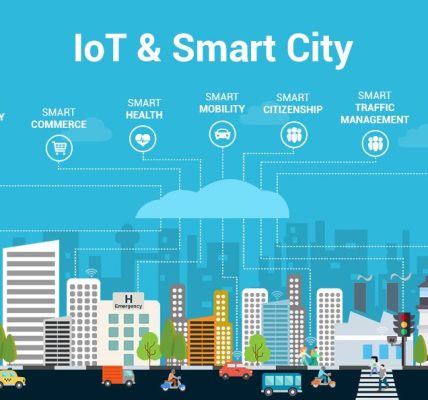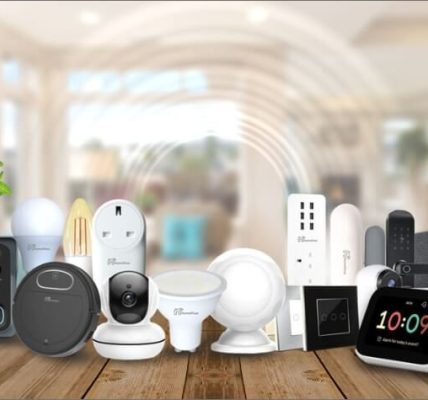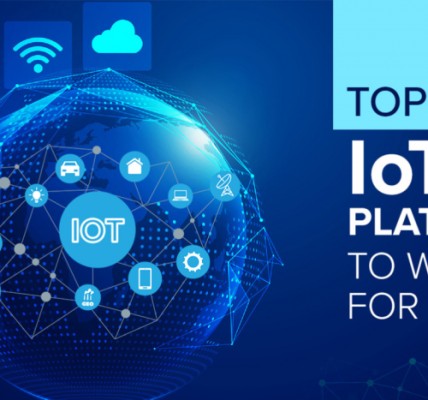In recent years, the Internet of Things (IoT) has become a game-changer in various industries, revolutionizing the way businesses operate and interact with their surroundings. One of the sectors that has greatly benefited from IoT technology is transportation and logistics.
Enhanced Fleet Management
IoT devices, such as GPS trackers and sensors, are now being implemented in vehicles to provide real-time data on their location, speed, fuel consumption, and maintenance needs. This allows companies to optimize routes, reduce fuel costs, and schedule maintenance proactively, leading to more efficient fleet management.
Improved Supply Chain Visibility
With the help of IoT sensors, manufacturers, suppliers, and retailers can now track the movement of goods throughout the supply chain. This increased visibility enables businesses to identify bottlenecks, reduce delays, and improve overall efficiency in the logistics process.
Predictive Maintenance
IoT devices can collect data on the condition of vehicles and equipment, allowing for predictive maintenance to be carried out before any issues arise. By monitoring the performance of assets in real-time, companies can prevent costly breakdowns and minimize downtime, resulting in significant cost savings.
Driver Safety and Optimization
IoT technology can also be used to monitor driver behavior, such as speed, braking, and fatigue levels. By analyzing this data, companies can identify risky driving patterns and provide training to improve safety on the road. Additionally, IoT devices can help optimize driver schedules, ensuring that deliveries are made efficiently and on time.
Smart Warehousing
IoT sensors can be deployed in warehouses to track inventory levels, monitor storage conditions, and automate inventory management. This real-time data allows businesses to streamline their operations, reduce waste, and improve order fulfillment accuracy.
Challenges and Opportunities
While IoT technology offers numerous benefits for the transportation and logistics industry, there are also challenges that need to be addressed. These include concerns about data security, interoperability between different IoT devices, and the need for skilled personnel to manage and analyze the vast amounts of data generated.
Despite these challenges, the opportunities presented by IoT are too significant to ignore. By harnessing the power of IoT technology, businesses in the transportation and logistics sector can improve operational efficiency, reduce costs, and enhance customer satisfaction.
Conclusion
It is clear that IoT is revolutionizing the transportation and logistics industry, offering new ways to optimize processes, improve safety, and drive innovation. As more companies embrace IoT technology, we can expect to see further advancements that will shape the future of transportation and logistics for years to come.




